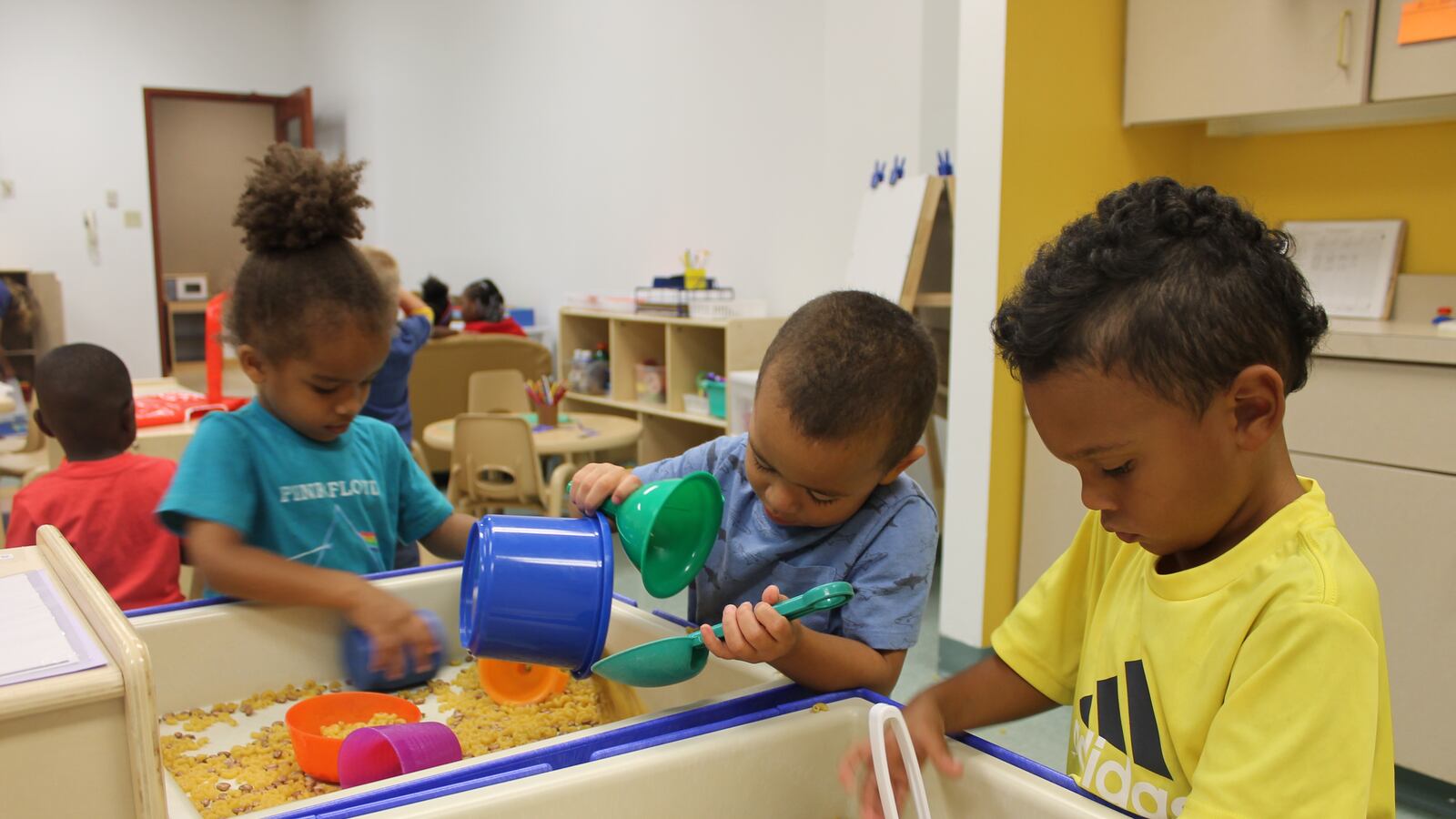Thousands of additional Colorado families might be able to pay for child care if a federal spending bill due in March fulfills the pledge of a recently approved budget deal.
That’s because the deal, passed by Congress and signed by President Trump earlier this month, promised new money for a subsidy program that helps low-income parents pay for child care. In Colorado, the program is oversubscribed with more than 1,300 children on waitlists statewide.
While the spending bill won’t be finalized until March 23, advocates in Colorado say they think there’s a good chance the new child care money — $2.9 billion for the whole country over two years — will survive the negotiation process.
“I think that we will see this go through,” said Bill Jaeger, vice president of early childhood initiatives for the Colorado Children’s Campaign.
“I don’t think that child care and the block grant will be the major point of contention,” he said, referring to the federal grant that helps fund the subsidies.
(Trump’s own budget proposal, released three days after he signed the budget deal, doesn’t include increased child care block grant funding, but some observers say the budget deal holds more sway.)
If the two-year spending bill passes with the new child care funding included, Colorado could gain around $35 million, according to an estimate from the national anti-poverty group CLASP. That’s on top of the $150 million Colorado would get over the two-year period if the program’s funding simply stayed flat.
Practically speaking, the additional $35 million could mean child care subsidies for an additional 2,700 Colorado children over two years, according to a separate CLASP analysis.
State officials declined to comment on the federal budget proposal, saying in an email, “It is possible that, if approved, we could see an increase in services, but right now it’s all theoretical.”
Low-income parents who are working, looking for work, or in school make up the largest chunk of people eligible for child care subsidies, which are offered through the Colorado Child Care Assistance Program and administered by the state’s counties. About 31,000 children were served through the program last year.
In addition to child care subsidies, the federal block grant helps pay for a number of other programs, including child care licensing and the state’s child care rating system, Colorado Shines.
El Paso County officials say the new federal money could help them eliminate the waitlist for subsidies they had to start for the first time in January. There are 196 children on the list, and it’s growing steadily.
Julie Krow, executive director of the county’s human service department, said some parents may opt for unlicensed child care if they can’t get a subsidy, sending their children to stay with relatives or neighbors during the workday.
The quality of such care varies widely and is mostly unregulated by the state.
“We don’t want to see kids left in unsafe situations because of this,” Krow said, referring to the shortage of subsidies.
When early childhood programs are underfunded, she said, child abuse and neglect cases, which are also in her department’s purview, can rise.
The new federal child care dollars would help reduce or eliminate subsidy waitlists across Colorado, but wouldn’t completely satisfy the need. That’s because the number of children on waitlists represents only a fraction of those eligible for subsidies but not served.
For now, Krow is hopeful the new money will be approved and sent quickly to states and then to counties.
“It’s a program I really believe in,” she said. “As soon as those federal dollars come out, I’m hoping the state has a plan and they are out the door.”

